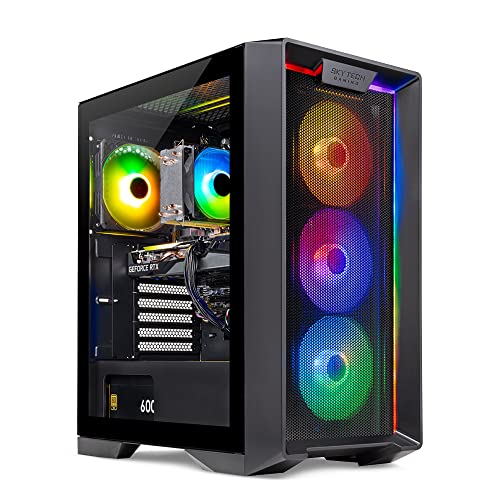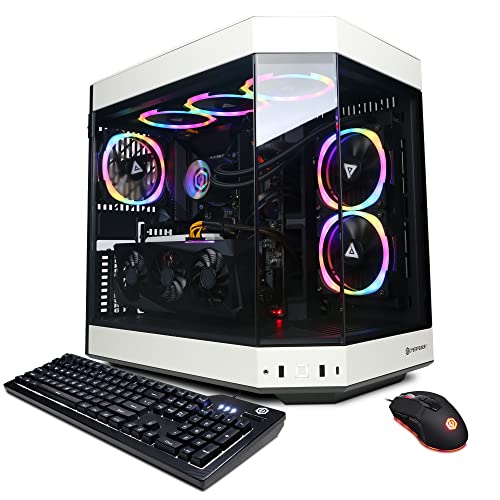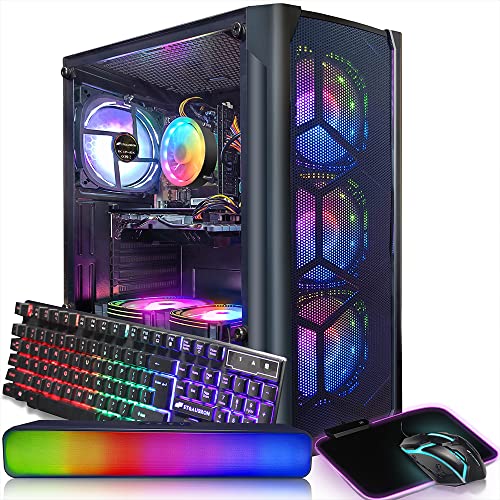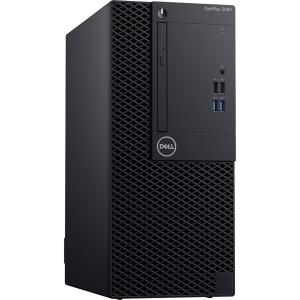**Introduction**
Accurate motion tracking is key to immersive virtual reality, and next‑generation VR systems are pushing beyond controller-based interactions to enable full‑body tracking. By integrating an array of advanced sensors and AI‑driven algorithms, these systems provide real‑time tracking of every movement, ensuring that virtual environments react fluidly and naturally. This article explores the innovations behind advanced VR motion tracking and its transformative potential for gaming, training, and interactive simulations.
**Technological Innovations**
- **Multi‑Sensor Fusion:**
Combining infrared cameras, inertial measurement units (IMUs), and pressure sensors captures a comprehensive set of movement data for precise full‑body tracking.
- **AI‑Driven Motion Prediction:**
Machine learning algorithms process sensor inputs to predict and compensate for movement latency, ensuring a smooth and natural translation of physical motion into virtual space.
- **Wireless, Low‑Latency Communication:**
Cutting‑edge wireless protocols reduce lag between tracked movement and virtual response, maintaining immersion during rapid actions.
- **Ergonomic Integration and Calibration:**
Adaptive calibration methods ensure that the tracking system seamlessly adapts to any physical environment or body type, providing personalized accuracy for all users.
**Applications and Benefits**
- **Immersive Gaming and VR:**
Full‑body tracking enhances realism and interactivity, making gaming, simulation training, and virtual exploration more engaging.
- **Professional Training and Healthcare:**
Real‑time motion capture supports advanced training simulations in fields such as sports, rehabilitation, and surgery.
- **Enhanced Social and Collaborative Experiences:**
More natural movement tracking fosters deeper interaction and collaboration in virtual meetings and social VR platforms.
- **Increased Competitive Edge:**
Precise, low‑latency tracking provides gamers with improved reaction times and accurate movement replication in competitive scenarios.
**Future Directions**
Future VR motion tracking may incorporate biometric inputs and even deeper AI predictive capabilities to create a fully adaptive environment. Enhanced integration with full‑body motion suits and haptic feedback systems will push the boundaries of immersive, responsive VR experiences.
**Keywords:** VR motion tracking, full‑body tracking, immersive VR, AI motion prediction, sensor fusion, low‑latency VR, advanced VR systems, intuitive VR, virtual reality tracking
Advanced VR Motion Tracking
Full‑Body Interaction for Immersive Experiences
Related Articles
Essential High-Performance PC Components You Need Now
Upgrade your setup with the must-have parts for unbeatable gaming and productivity
Top Picks for Best High-Performance PCs
Find the perfect power machine for gaming, work, or creative projects
Your Guide to the Best High-Performance PCs
Find the Right PC for Your Gaming and Creative Needs
View our related products
See more





